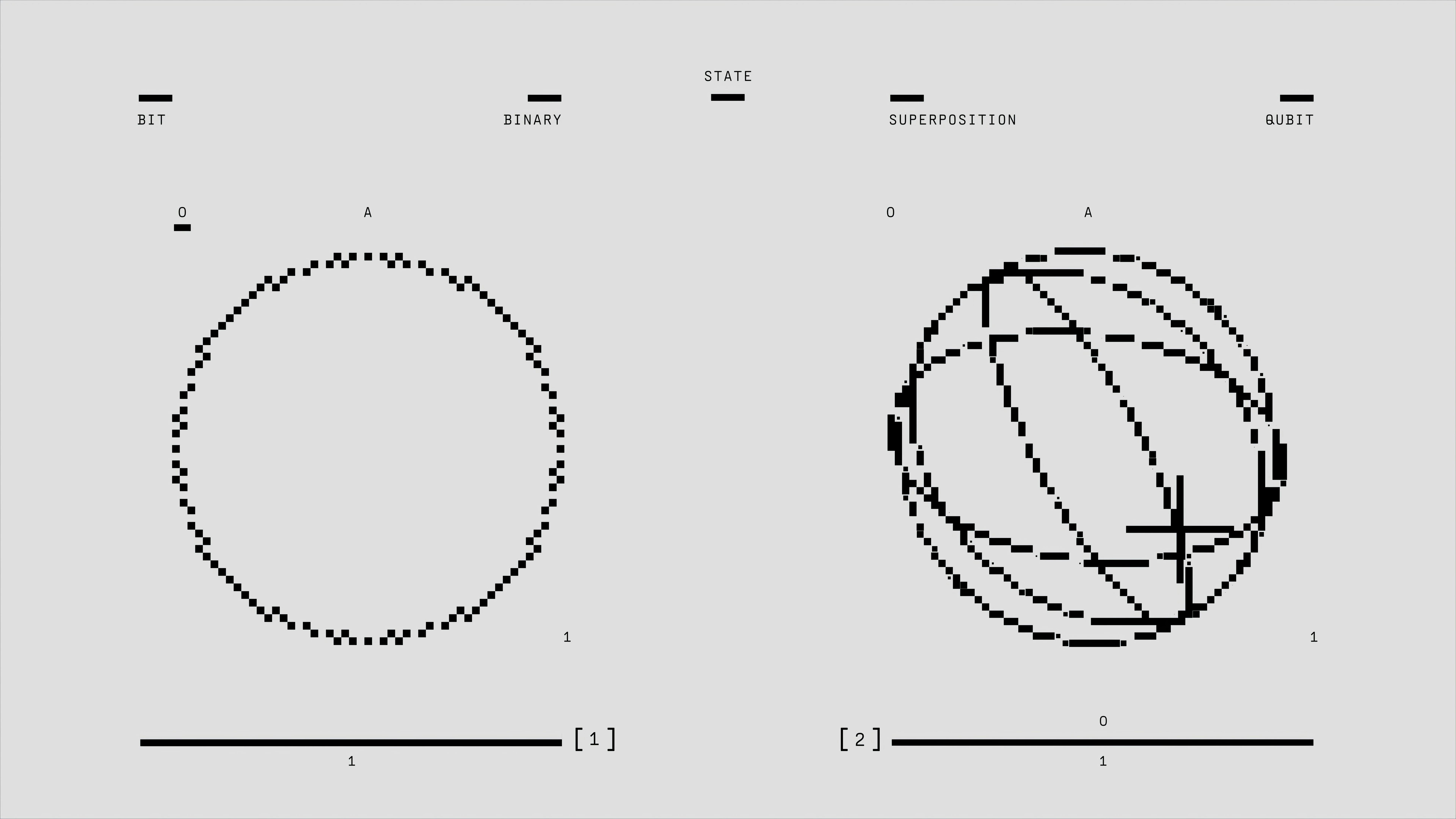Mastering the Logic of Science and the Scientific Method Worksheet
The logic of science and the scientific method worksheet is a vital educational tool for developing analytical skills and fostering scientific thinking. In today’s data-driven world, the ability to systematically approach problems is essential. This comprehensive guide will help readers understand, apply, and excel in using scientific logic worksheets for academic and practical success.

Understanding the Fundamentals
The logic of science is rooted in rational thinking, structured inquiry, and evidence-based conclusions. This foundation allows scientists and students alike to solve problems methodically. The scientific method worksheet serves as a blueprint for this logical journey, helping users analyze hypotheses, gather data, and draw conclusions.
These fundamentals matter because they sharpen problem-solving skills, improve decision-making, and promote intellectual curiosity. Think of the scientific method as a roadmap for discovery — guiding users from questions to answers.
1.1 Observation and Questioning
Observation is the first step in the scientific method. It involves using the senses or tools to notice phenomena. For example, noticing that plants grow faster under certain lights may spark curiosity. This leads to questioning — the pursuit of understanding why or how something happens.
In the logic of science and the scientific method worksheet, students are prompted to record precise observations and craft relevant, testable questions. A common misconception is that questions must be complex; in reality, simple, focused questions often yield the best results.
1.2 Hypothesis Formation
Unlike a guess, a hypothesis is an educated prediction based on prior knowledge. It sets the stage for experimentation. For instance, a student might hypothesize, “If plants receive more sunlight, they will grow taller.”
What makes this unique is its predictive nature, which can be tested and measured. In the worksheet, students learn to structure hypotheses in an “If…then…” format, ensuring clarity and focus.
Practical Implementation Guide
Applying the logic of science begins with consistent practice. The worksheet format ensures students follow each scientific step. Through repetition and refinement, users begin to think more critically and approach problems with structured logic.

2.1 Actionable Steps
- Identify a Problem: Choose a topic of interest and observe related behavior or patterns.
- Formulate a Hypothesis: Create a logical statement based on initial observations.
- Design an Experiment: Outline procedures, list materials, and determine control and variable factors.
- Collect Data: Use measurements, charts, and observations to gather information systematically.
- Analyze Results: Interpret the data and determine if the hypothesis was supported.
- Conclude and Report: Summarize findings and consider future questions or experiments.
2.2 Overcoming Challenges
Even with a structured worksheet, learners may face obstacles such as:
- Lack of clarity in the hypothesis
- Errors in data recording
- Bias in observation or interpretation
- Inconsistent variables
To overcome these, it’s important to double-check steps, use control groups, and maintain objectivity. Expert tips include using graphs to visualize data and seeking peer feedback to validate results.
Advanced Applications
Once the basics are mastered, the logic of science and the scientific method worksheet can be used for deeper research, advanced projects, and even real-world investigations. These applications require a refined approach to data collection and critical analysis.

3.1 Controlled Experiments and Variables
Advanced users may explore complex experiments involving multiple variables. For instance, testing how different soil types affect plant growth. Worksheets now must include extensive data tables, control parameters, and repeated trials to ensure reliability.
Case studies from science fairs often show that students using detailed worksheets produce more consistent and replicable results. Performance metrics like standard deviation and mean become critical at this level.
3.2 Integration with Digital Tools
Modern scientific method worksheets are increasingly digital. Apps and platforms allow for real-time data input, auto-calculations, and collaborative editing.
These tools enhance usability and allow integration with cloud storage and virtual labs, making science more accessible. Compatibility with formats like CSV or PDF also ensures portability and presentation ease.
Future Outlook
The future of science education emphasizes inquiry-based learning, and the scientific method worksheet will remain central to this evolution. Emerging technologies like AI-based experiment simulators and augmented reality will redefine how logic of science is taught.
In the next 3-5 years, expect personalized science worksheets, smart analysis assistants, and global collaboration tools. Learners should stay informed and practice adaptability to thrive in this new landscape.
Conclusion
To summarize, mastering the logic of science and the scientific method worksheet empowers students to:
- Think critically and analytically
- Approach problems methodically
- Present data in a logical, structured format
By incorporating these worksheets into regular learning, users build lasting skills that benefit academic, professional, and everyday problem-solving. Start today by downloading a printable worksheet or creating a digital version tailored to your next experiment.
Frequently Asked Questions
- Q: What is the scientific method worksheet? A guided tool used to walk students through the steps of observation, hypothesis, experimentation, and conclusion.
- Q: How do I start using a scientific method worksheet? Begin by selecting a question or problem to explore, then follow each step outlined in the worksheet format.
- Q: How long does it take to complete a worksheet? Depending on the experiment, it can take from 30 minutes to several days, especially for data collection and analysis.
- Q: Are scientific worksheets expensive? Most are free online or available for minimal cost from educational publishers. Digital templates offer affordable and customizable options.
- Q: How does a scientific worksheet compare to freeform notes? Worksheets ensure structured thinking and eliminate gaps, whereas freeform notes may lack consistency.
- Q: Is this method difficult to learn? With consistent use and practice, it becomes intuitive. Beginners should start with simple topics and advance gradually.
- Q: Can professionals use these worksheets? Absolutely. Scientists, educators, and analysts use adapted versions for research, product testing, and data validation.
